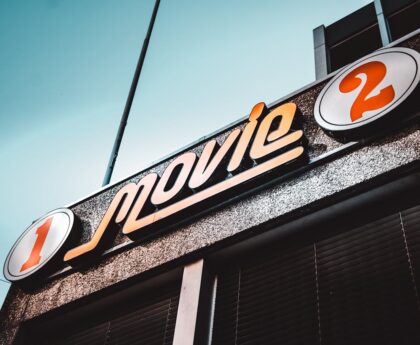In the 1930s, Democrats and Republicans saw the money in Hollywood. President Franklin Roosevelt saw a huge partnership with Hollywood. He used the first real potential of Hollywood stars in a national campaign. In 1939, Melvin Douglas visited Washington and met with key new dealers. Letters of support from leading actors were signed, radio appearances and print advertising were made. Movie stars were used to attract a wide audience to the party’s political view. By the 1960s, John F. Kennedy was the new, young face of Washington, and his strong friendship with Frank Sinatra exemplifies this new era of glamor. The last of the Hollywood moguls were gone, and younger, newer executives and producers began to generate more liberal ideas.
Celebrities and money attracted politicians to the upscale, glitzy Hollywood lifestyle. As Ronald Brownstein wrote in his book Power and Glitz, television in the 1970s and 1980s was a hugely important new media in politics, and Hollywood helped this medium with actors making speeches about their political beliefs, such as Jane Fonda’s against the Vietnam War. During this era, former actor Ronald Reagan became governor of California and later became president of the United States. This continued with Arnold Schwarzenegger, who became governor of California in 2003. Today, Washington’s interest lies in Hollywood donations. On February 20, 2007, for example, Barack Obama attended a Hollywood gala with a price of $2,300 per plate, hosted by David Geffen, Jeffrey Katzenberg and Steven Spielberg at the Beverly Hilton. Hollywood is a major contributor to presidential campaigns, and this money attracts politicians. Not only does Hollywood influence Washington with its glitz and money, but Washington also influences Hollywood.
In 1912, American film companies were mostly immersed in competition for the domestic market. It was difficult to meet the huge demand for movies created by the Nickelodeon boom. Members of the Motion Picture Patents Company, such as Edison Studios, also tried to limit competition from French, Italian, and other imported films. It was expected that big money would be made by exporting films. Vitagraph Studios was the first American company to open its own distribution offices in Europe, establishing a branch in London in 1906 and a second branch in Paris shortly thereafter. Other American companies also entered foreign markets, and American distribution abroad continued to expand until the mid-1920s. Initially, most companies sold their films indirectly; however, since they had no experience trading abroad, they simply sold the foreign rights to their films to foreign distribution firms or export agents. Gradually, London became the center of international distribution of American films.




